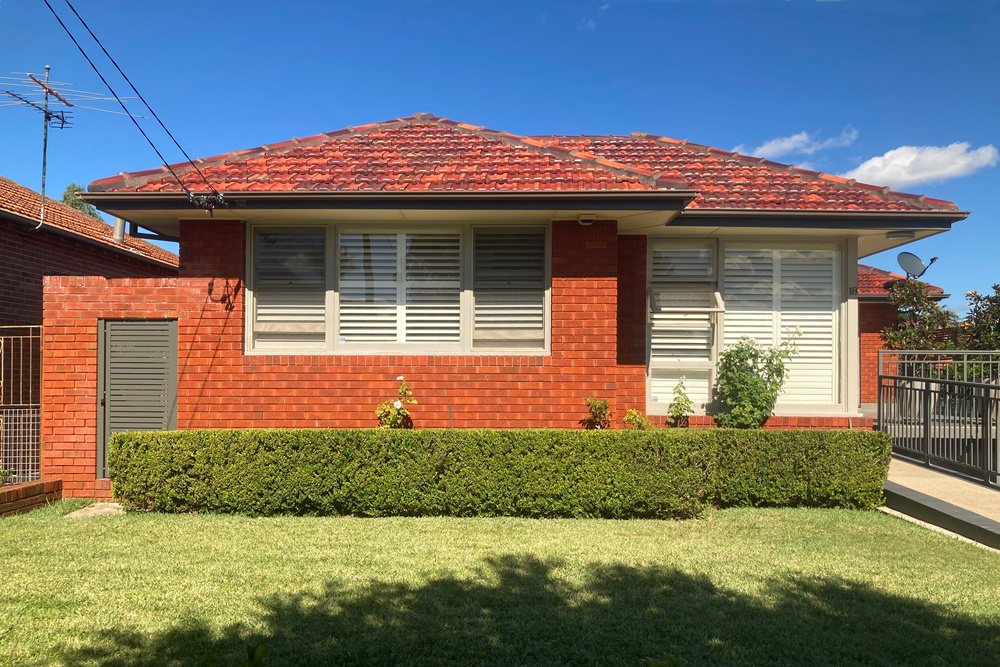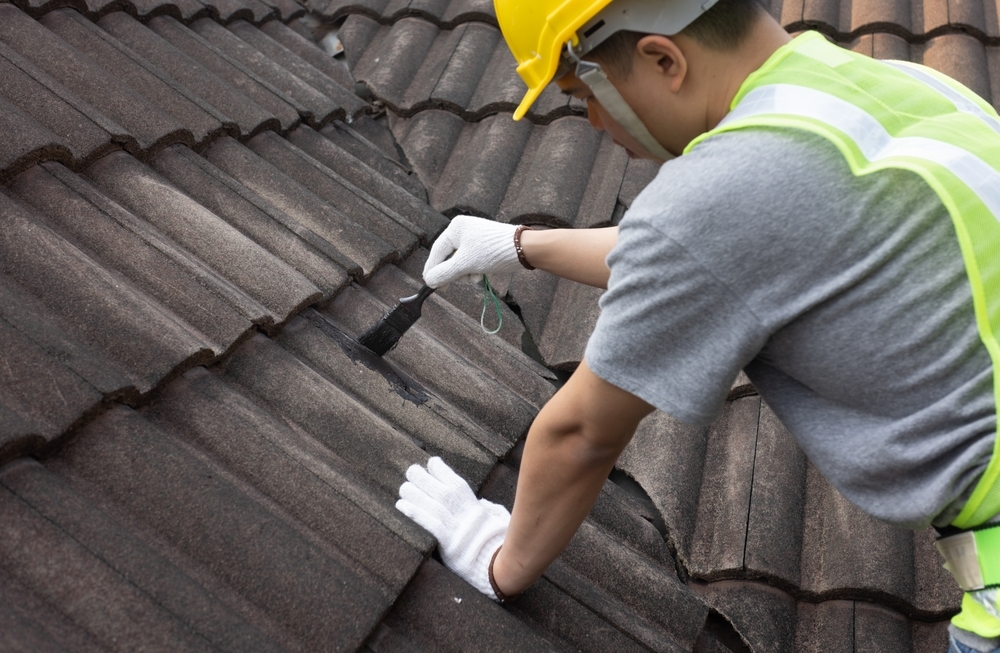
May
Roof Coating vs. Roof Sealing: What’s the Difference?
When it comes to protecting your roof and extending its lifespan, two popular options often come up: roof coating and roof sealing.
Although these terms are sometimes used interchangeably, they are not the same. Homeowners frequently ask, what is roof sealing? Or what is a roof coating? The confusion is understandable, especially when you're trying to make the most cost-effective and long-lasting choice for your property.
Both treatments serve protective functions, but they differ significantly in how and where they’re applied. One is typically used for large-scale preventative maintenance, while the other targets specific problem areas. In this article, we’ll break down coating vs sealant, explaining their key differences, use cases, and how to determine which option is best suited to your roofing needs.
What Is Roof Coating?
Roof coating is a protective membrane applied over the entire surface of a roof to enhance durability, reflectivity, and water resistance. It's not just a layer of paint, though many refer to it as roof sealing paint, it’s a specially formulated product designed to prolong the roof’s lifespan and improve performance.
Common roof coating materials include:
- Acrylic – Cost-effective and UV-resistant
- Silicone – Excellent for waterproofing and ponding water
- Elastomeric – Highly flexible, ideal for roofs that expand and contract
- Polyurethane – Durable and abrasion-resistant, often used in high-traffic areas
Typical use cases for roof coating:
- Reflective coatings that reduce heat absorption and protect against UV damage
- Restoring and extending the life of flat or low-slope roofs, such as commercial or industrial buildings
- Improving waterproofing on broad surfaces where seams and joints are vulnerable
For example, metal roof coating systems are designed to protect against corrosion, temperature extremes, and moisture ingress. Choosing the best roof sealant or coating often depends on your climate and roof material.
So, which roof coating is best? It depends; silicone is great for wet climates, while acrylic works well in drier areas with lots of sun.
What Is Roof Sealing?
Roof sealing, on the other hand, is a targeted repair approach. It involves sealing specific areas where water might enter, like flashing points, joints, or small cracks. While roof coating is about full-roof coverage, sealing is more about spot treatment.
Common roof sealing materials include:
- Bitumen-based sealants – Sticky, tar-like substance ideal for emergency repairs
- Caulk and mastic – Used to seal joints, vents, or pipe penetrations
- Roof tapes – Self-adhesive membranes applied over cracks or seams
- Liquid rubber – Flexible and waterproof, suitable for patching small leaks
Typical use cases for roof sealing:
- Around roof flashings, vents, and skylights where water penetration is common
- Sealing roof tiles that are cracked or have shifted
- Applying a metal roof sealer to stop minor leaks or reinforce fastener points
- Addressing small surface cracks before they expand into larger issues
So if you're wondering what is roof sealing best for, it’s about quick fixes and precise protection, not whole-roof rejuvenation.
Key Differences Between Coating and Sealing
|
Feature |
Roof Coating |
Roof Sealing |
|
Purpose |
Preventative, full-roof protection |
Targeted repairs, leak control |
|
Coverage |
Entire roof surface |
Localised areas like joints and cracks |
|
Material Type |
Acrylic, silicone, elastomeric, polyurethane |
Bitumen, caulk, tape, liquid rubber |
|
Longevity |
10–20 years depending on product and prep |
1–5 years depending on material and location |
When to Use Roof Coating
Consider roof coating if:
- Your roof is generally in good condition but showing signs of ageing
- You want to extend its lifespan without a full replacement
- You’re looking to improve energy efficiency with a reflective coating
- You have a flat or low-slope roof where water tends to pool
- Your goal is preventative maintenance or cost-effective restoration
In many cases, applying a roof coating is significantly cheaper than a full reroof. It's a smart investment for commercial buildings and older homes with ageing but intact roofing structures. Depending on the material chosen, you can also reduce cooling costs and improve thermal regulation inside the building.
For instance, if you’re dealing with an older metal roof, using the best sealant for metal roof scenarios like elastomeric or silicone coatings can add years of life without replacing the panels.
When to Use Roof Sealing
Roof sealing is your best option when:
- You’ve noticed specific leaks or water intrusion points
- Flashing or vent boots have deteriorated
- You need a fast, affordable fix for small damage
- Your roof is in otherwise good shape but needs targeted repairs
In these cases, roof sealing is not only faster to apply but also more cost-efficient. Homeowners often ask, how much does roof sealing cost? The answer depends on the extent of the work, but minor sealing jobs can range from $150 to $600. Larger or more complex repairs involving metal roof sealer products or intricate flashing may cost more.
Keep in mind, sealing is not a long-term solution for widespread issues. If your roof is nearing the end of its life or leaking in multiple areas, coating or replacement may be more appropriate.
How to Choose the Right Option for Your Roof
Selecting between coating and sealing involves evaluating several factors:
- Roof age and condition: If your roof is over 15 years old and showing general wear, coating may be more effective. If it’s newer with isolated damage, sealing is ideal.
- Roof material: Some materials are better suited to coatings. For example, silicone is ideal for membrane roofs, while sealing roof tiles is best done with tile-compatible sealants.
- Your goals: Are you aiming for general maintenance and improved performance? Go with a coating. Need to fix a few trouble spots? Sealing is likely sufficient.
It's worth getting a professional inspection before making your decision. The wrong choice could mean wasted money or recurring issues that require even more costly repairs down the line.
Summary
While both roof coating and roof sealing offer protection from the elements, they serve different purposes and are suited to different roofing scenarios.
- Roof coating provides whole-roof coverage, helping prevent damage and extend lifespan, especially on flat roofs and metal roofs.
- Roof sealing is a precise treatment, ideal for patching cracks, leaks, and problem areas like flashing or joints.
There’s no one-size-fits-all solution. It’s not just about which roof coating is best, it’s about choosing the right treatment for your specific roof type and condition.
Whether you're sealing roof tiles, applying a metal roof coating, or just curious about the roof sealing cost, the best course of action is to consult with an experienced roofing professional. They’ll help assess the condition of your roof, recommend the best product, and ensure the job is done right the first time.
Not sure what your roof needs? Contact our team today for expert advice or to book a roof inspection. We’ll help you find the ideal solution, whether it’s sealing, coating, or something in between.



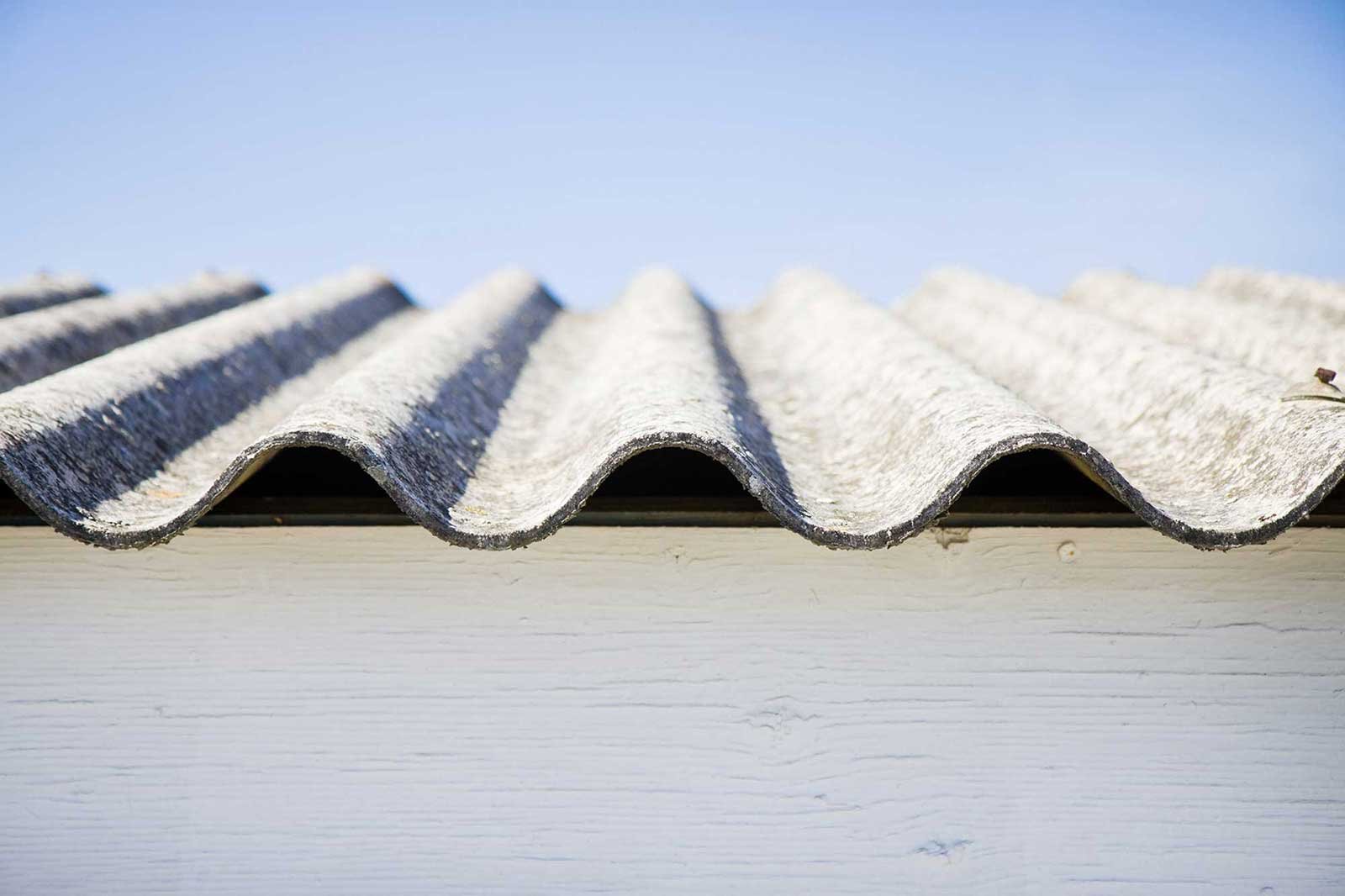





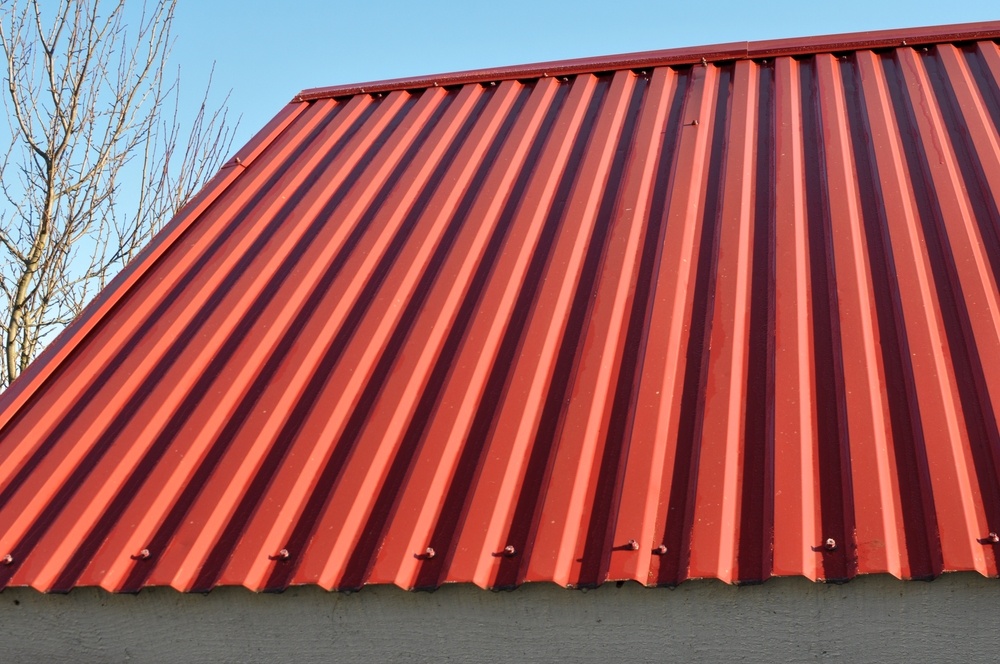
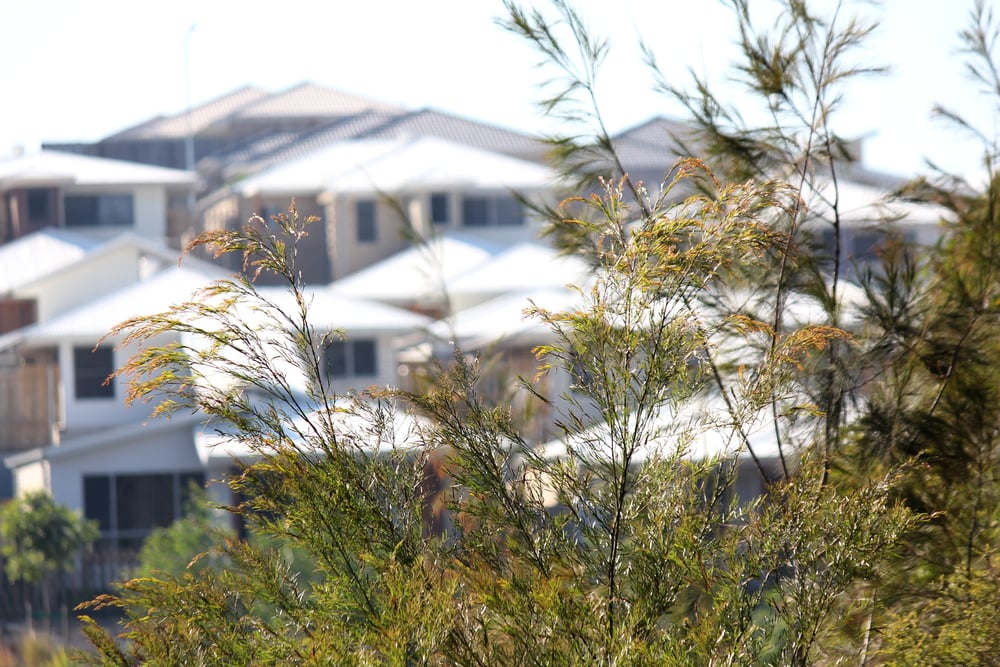

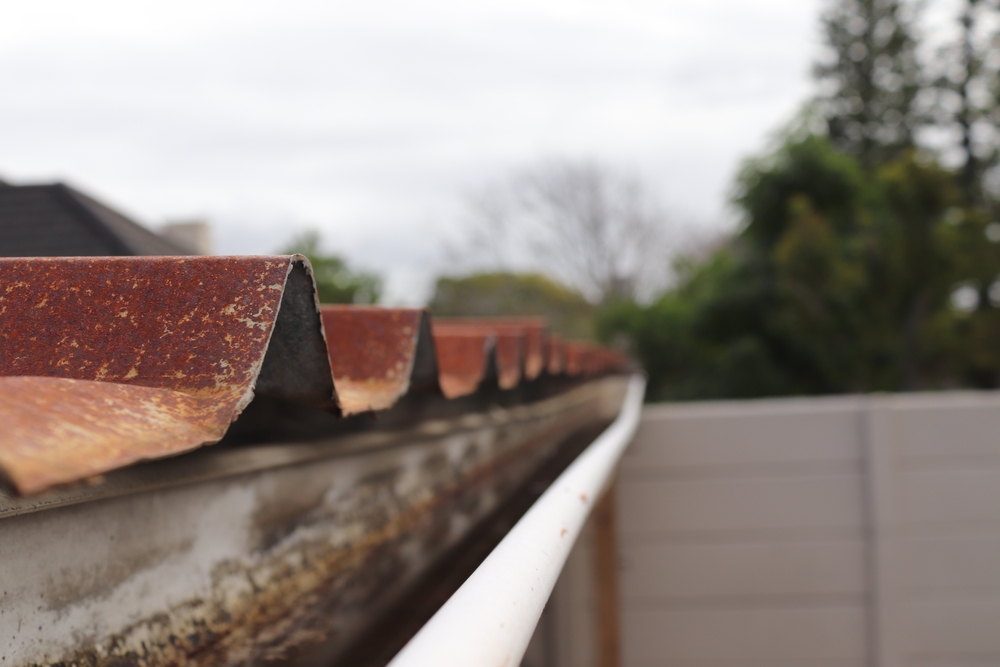
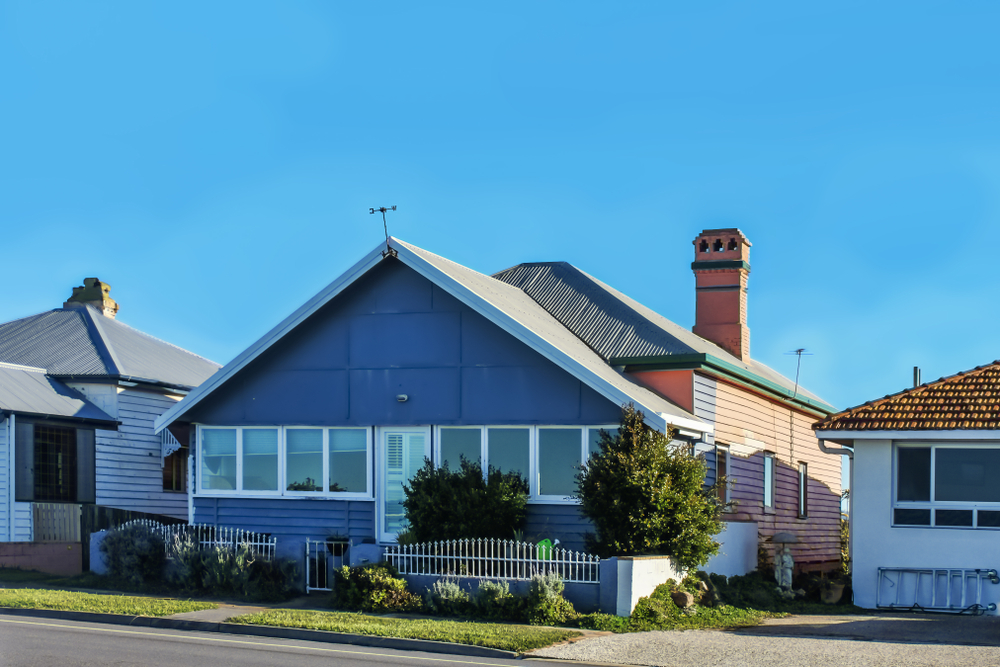
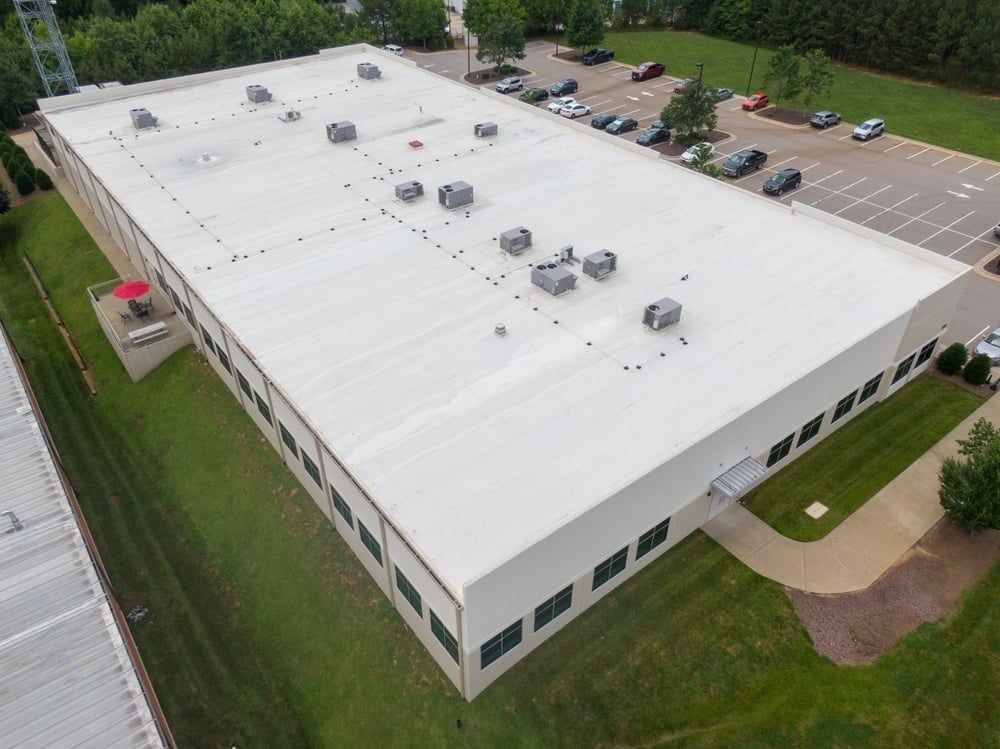


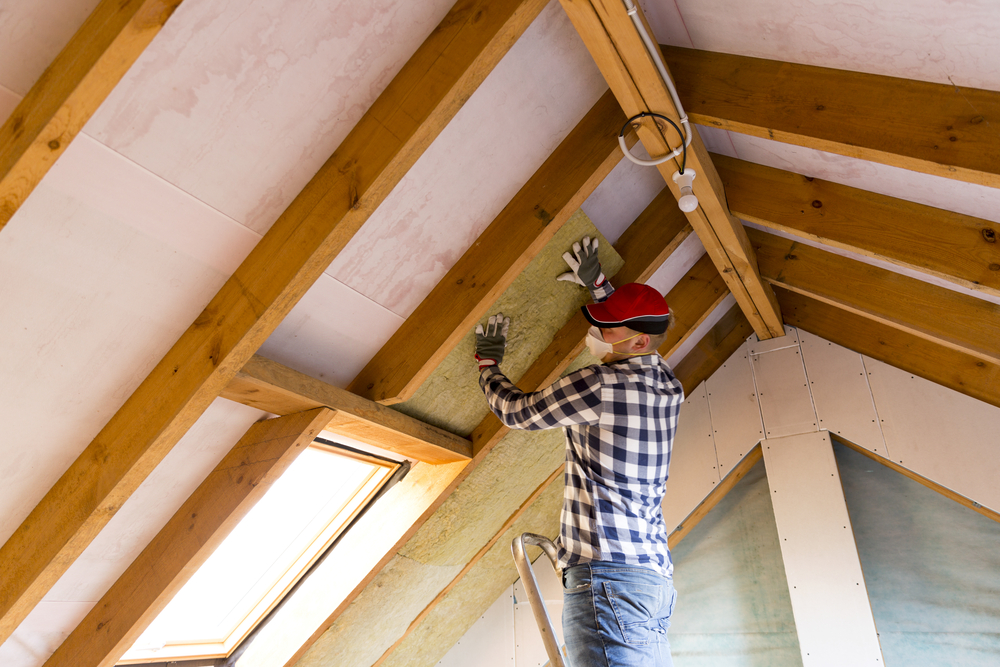
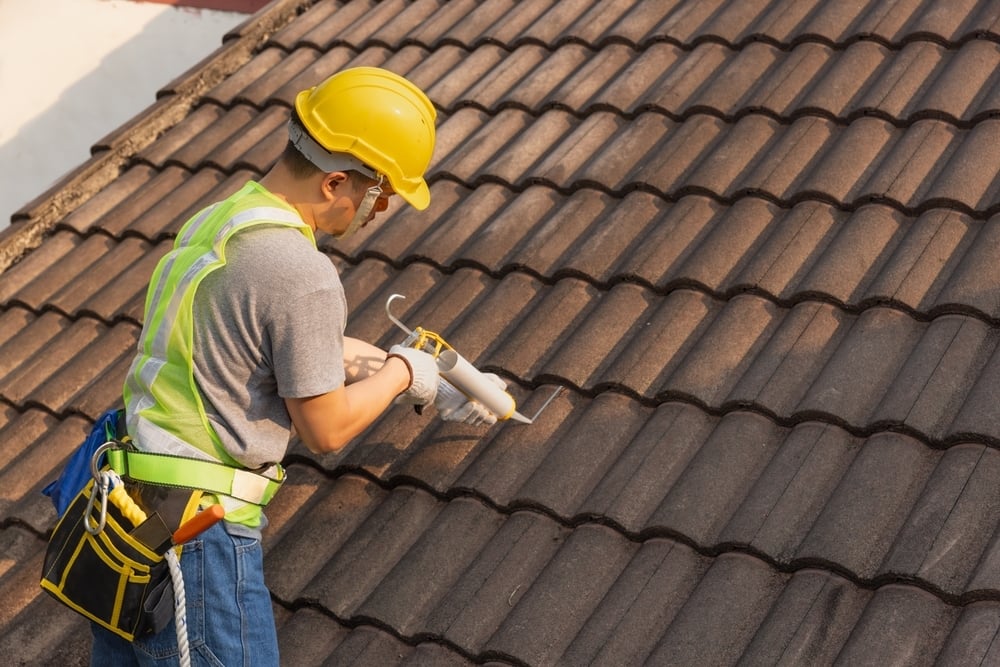
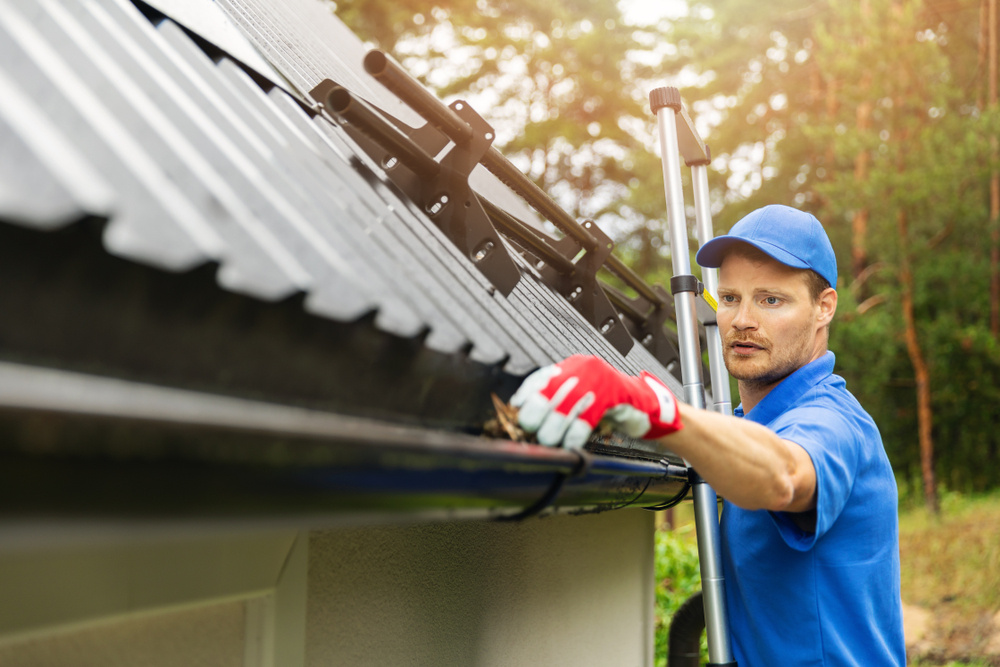



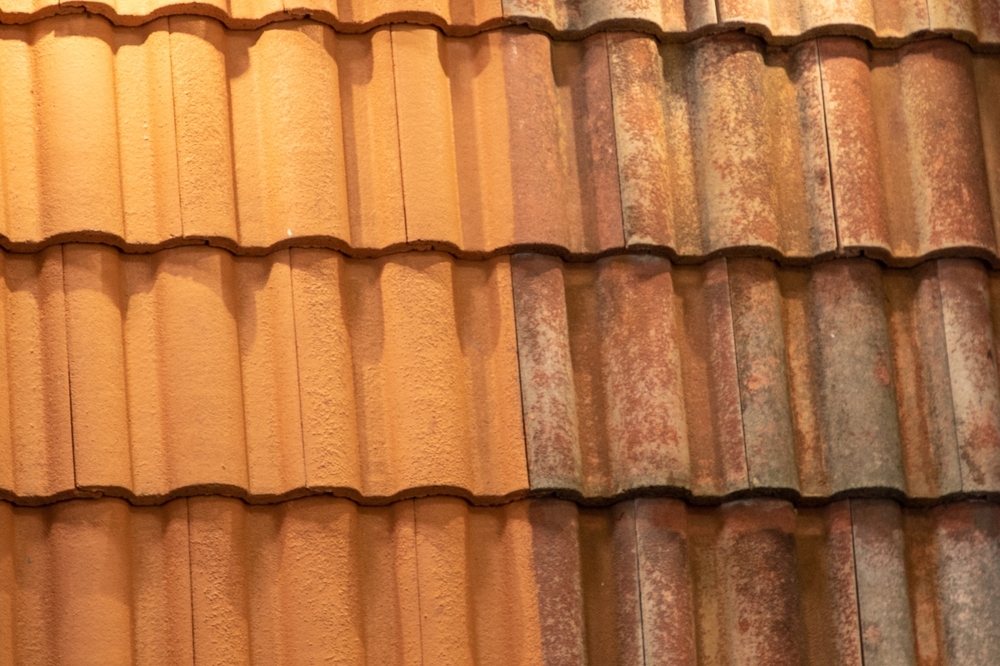
.jpg)

.jpg)
